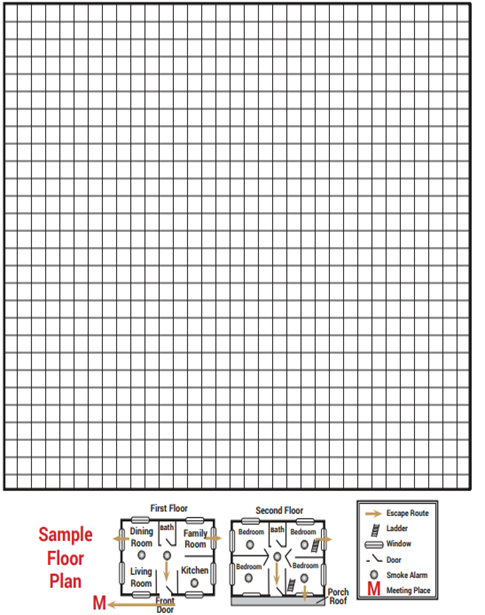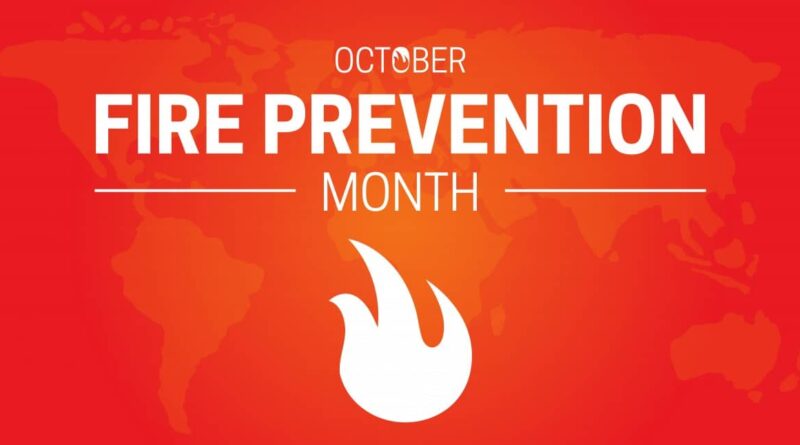Fire Prevention Month: Fire Extinguishers & Escape Plans
In recognition of Fire Prevention Month, NYCHA’s Fire Safety Department would like to provide the following information on how to use fire extinguishers and how to develop and practice an escape plan.
Fire Extinguishers
Portable fire extinguishers are an important component of your fire safety plan, along with working smoke alarms and a fire escape plan that you practice periodically.
Understanding how and when to use a fire extinguisher is important. Improper use may result in spreading the fire, causing serious injury or death.
Fire needs fuel, oxygen, and heat to burn. When used properly, a fire extinguisher will cool the burning fuel or remove the oxygen so the fire cannot continue to burn.
Extinguishers should be placed in an exit hallway and hung with the bracket supplied by the manufacturer or placed on an accessible shelf with the operating instructions facing outward.
Follow these rules when using an extinguisher:
P – Pull the pin, holding the extinguisher upright.
A – Aim at the base of the fire.
S – Squeeze the handle.
S – Sweep the nozzle from side to side.
Also, take note of the type of fire that the portable fire extinguisher should be used for – the label on the extinguisher will indicate its class(es):
Class A: Ordinary combustibles (wood, paper)
Class B: Grease, gasoline, oils
Class C: Electrical (burning wires)

If the fire does not extinguish after using the fire extinguisher or the fire re-ignites:
- Stay low to avoid toxic smoke and fumes as well as the materials from the fire extinguisher.
- Close all doors when exiting the building.
- Call 911.
Escape Plans
Having a fire escape plan can help keep you and your family safe when there’s an emergency. Everyone in your household should help make the plan and practice it regularly.
Making a Plan
Walk through your home and inspect all possible exits. Be sure all escape routes and hallways are clear of clutter and storage. Consider drawing a floor plan of your home and mapping two ways out for each sleeping area.
Practice Your Plan Regularly
Make practice drills realistic. Since most fires occur overnight, start drills in sleeping areas and darken your home as if it is smoke-filled.
In the event of an actual fire, always close doors behind you when leaving and follow instructions from Fire Department personnel.


